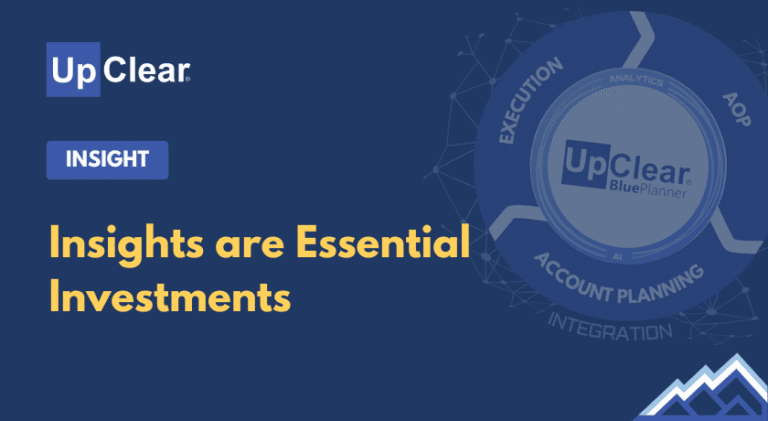

If you were looking at Trade Promotion Management (TPM) and Trade Promotion Optimization’s (TPO) relationship status on your favorite social media app, the label you would probably see is “It’s Complicated.” TPM and TPO are capabilities that are connected, have some overlaps, and other notable differences.
When someone says “TPM” there is a fairly universal definition… TPM is the system that facilitates business process and tool(s) that supports a CPG sales team’s annual planning, tactical/promotion planning, plan execution, and analysis activities related to sales forecasting and trade spending management.
When it comes to TPO in CPG, definition is more difficult. In a general sense, TPO in CPG Sales has two components: 1) finding the best mix of tactics that maximizes desired outcome, and 2) making the best use of resources (trade spending).
In the solution space, some vendors only deliver “Optimization” capabilities, therefore define TPO as what their software does. But vendors that have a focus on TPM often have some features that can be described as TPO. Yet others define themselves at “TPx” or “RGM” (Revenue Growth Management) inferring both TPM and TPO proficiency.
So, rather than providing an absolute definition, we will compare and contrast TPM and TPO across a couple of different categories that we hope helps you understand the role each one plays.
For all intents and purposes, TPM is predominately a “transactional” capability. It enables smooth execution of the business process by standardizing and structuring data and improving the control of trade spending. While there are reporting/analysis features in TPM platforms, TPO, on the other hand is more “analytic” In nature. It relies on accurate data from TPM (and other sources) to enable plan optimization.
In TPM, the product dimension/lens you are most likely to focus on is internally-oriented sales (shipments) for your product portfolio. As you add TPO, retail sales data typically grows in importance. This may be for your products or the entire category. This is because in TPO the tactics you are trying to optimize are the offers made to shoppers through your retail customers.
TPM generally focuses on manufacturer-oriented metrics: Gross Revenue, Trade Spending, Net Sales, Cost of Goods Sold, Profit, and related derivative measures. When consumption is included, you are able to start thinking about retail sales and the outcome of your initiatives at customers. This enables you to plan mutually beneficial activities. This data can also be used in the presentation of your sales plans to customers.
Forecasting sales in TPM is usually an internally-oriented exercise. Historical sales, promotion results, etc are used in the create the shipment forecast. As the desired outcome of TPO is optimizing offers to your shoppers, retail sales is a key performance indicator and the forecasting expands to point of sale data, also referred to as “consumption.” The retail sales forecast is then used to drive the shipment forecast. When simulation is used in the forecasting process, price elasticity coefficients and lift factors are created and used to predict the outcome of combinations of price changes, promotion type, and promotion frequency. Plus, other external events – be it weather, cold & flu season, or other seasonal effects- can be built into some models.
While the norm in TPM volume is total shipment sales, broken down by base, incremental, promoted, and non-promoted in some cases, TPO usually enables further decomposition of the POS counterparts to those volumes. The same price elasticity coefficients and lift factors that are used to simulate future sales can be applied to actual POS to create a deeper, richer description of historical sales and their drivers. Incremental volume, for example, can be broken down to the volume driven by discounts, advertising, and display.
These are just a few ways to contrast TPM and TPO. There are, no doubt, many more. When it comes to deciding what capabilities are right for you, here are two principles to keep in mind:
Both TPM and TPO are powerful tools for CPG sales, finance, and supply chain pros. Utilization of both are milestone activities in the development of a brand. Whether you need TPM, TPO, or TPx, understand the role that each capability plays, match that with both current and desired organizational structure, and be realistic about the time, cost, and resources needed to be successful. This will help you achieve the best outcome possible for your business.


